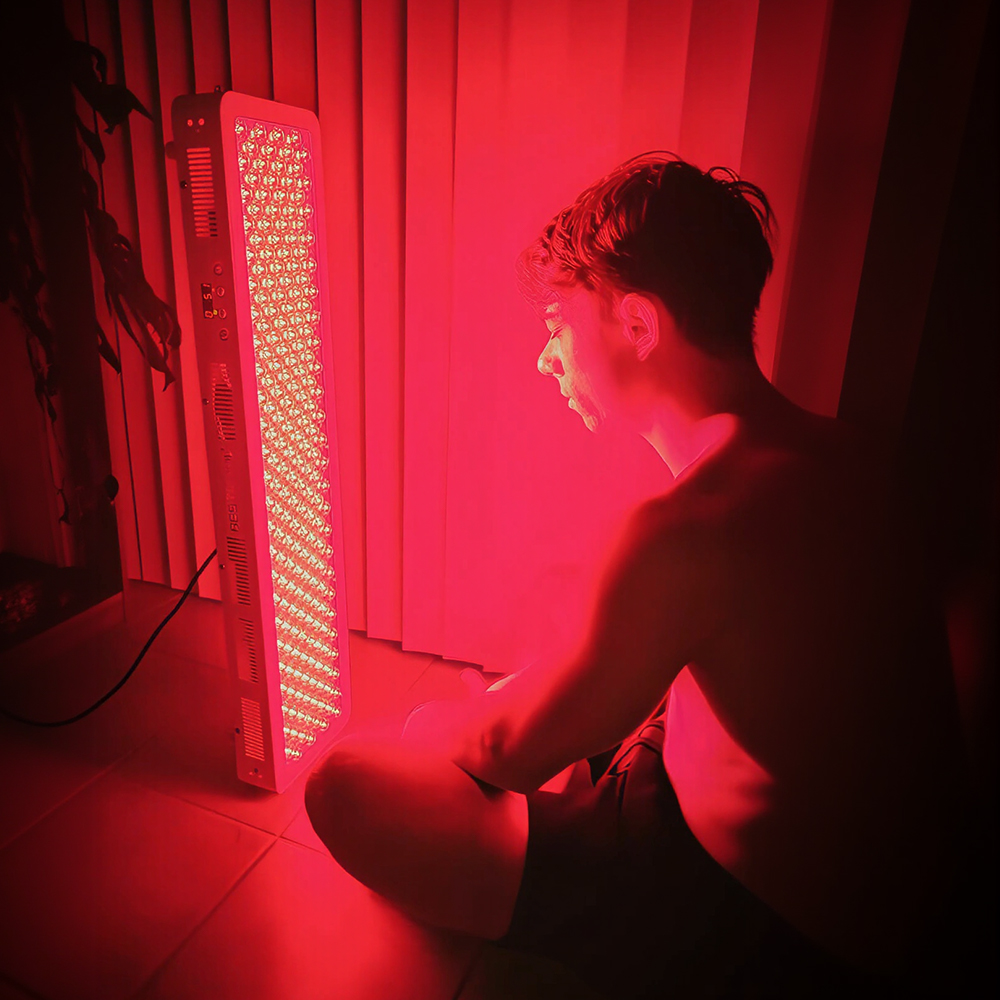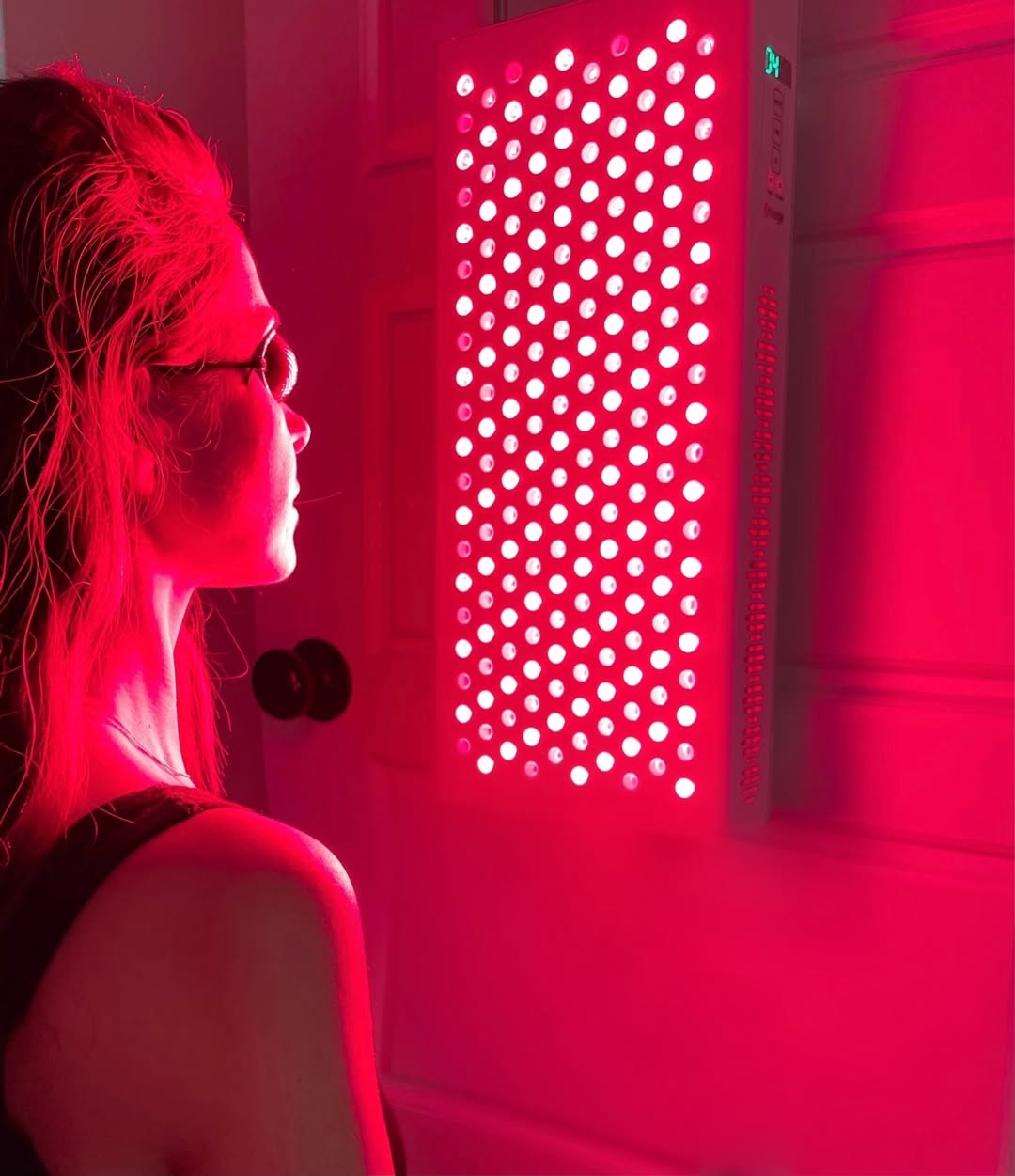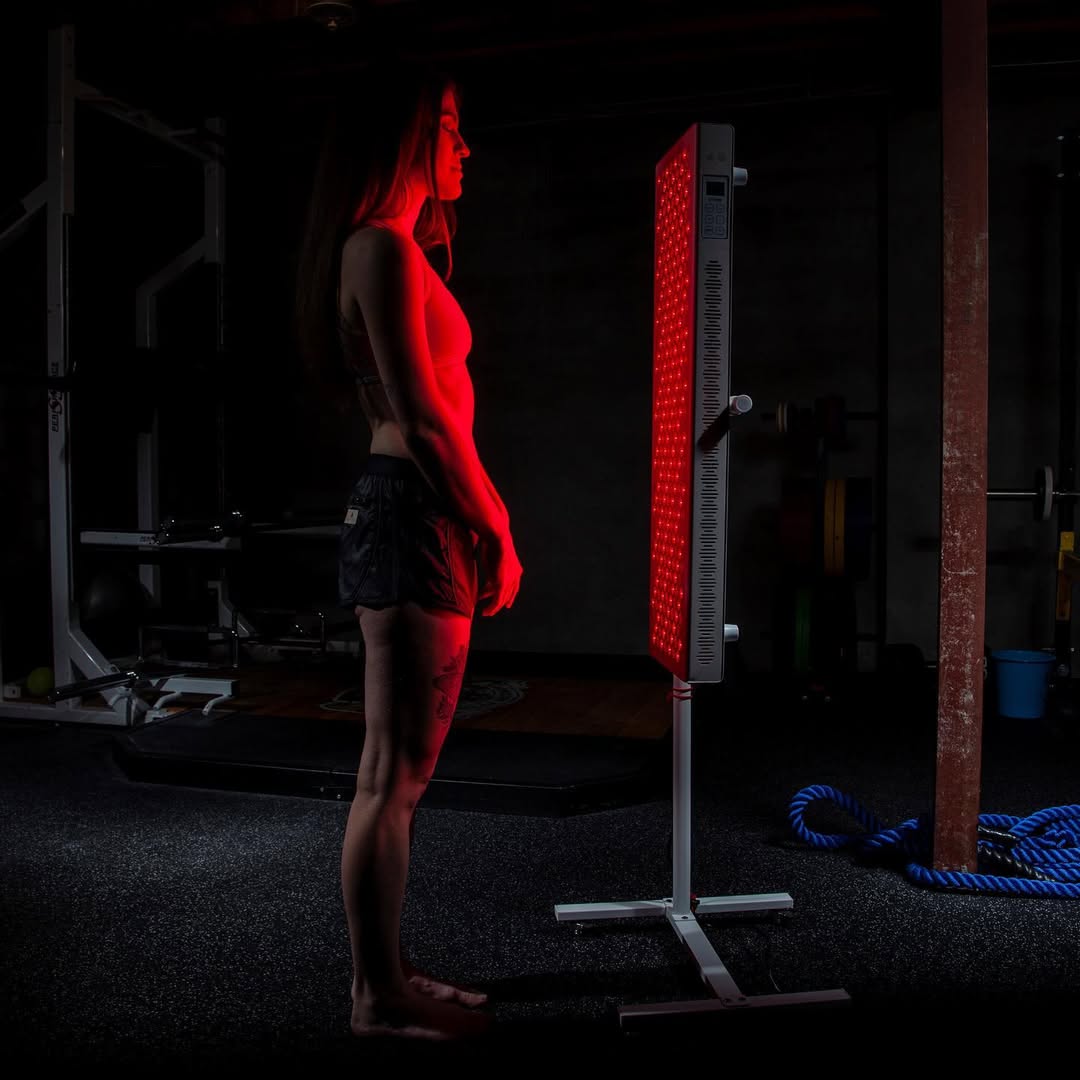![]() Free Shipping
Free Shipping ![]() Buy Now, Pay Later
Buy Now, Pay Later ![]() Eligible
Eligible
Red Light Therapy Improves AMH: A Breakthrough for Fertility and Ovarian Health

In recent years, red light therapy (RLT), also known as photobiomodulation (PBM), has gained significant attention for its potential to enhance fertility, improve ovarian function, and even increase Anti-Müllerian Hormone (AMH) levels.
For women struggling with diminished ovarian reserve (DOR), low AMH, or age-related fertility decline, red light therapy offers a non-invasive, drug-free, and scientifically supported method to improve reproductive health.
But how exactly does red light therapy influence AMH? Can it truly help women enhance their fertility naturally?
- What is AMH and why is it important?
- How red light therapy works on a cellular level
- Scientific studies linking RLT to improved AMH levels
- How to use red light therapy for optimal fertility benefits
- Real-life success stories and expert opinions
By the end of this article, you’ll have a clear understanding of how red light therapy could be a game-changer for women looking to improve their ovarian reserve and overall reproductive health.
Understanding AMH and Its Role in Fertility
What is AMH?
Anti-Müllerian Hormone (AMH) is a key biomarker of ovarian reserve—the number of viable eggs a woman has left in her ovaries. Produced by granulosa cells in developing ovarian follicles, AMH levels give insight into:
- Ovarian reserve (egg quantity)
- Response to IVF stimulation
- Menopause timing prediction
Why is AMH Important?
- Low AMH indicates diminished ovarian reserve (DOR), which can make natural conception or IVF more challenging.
- High AMH (as in PCOS) may indicate excess follicles but doesn’t always mean better fertility.
- AMH declines with age, but some women experience premature ovarian aging, leading to low AMH even in their 20s or 30s.
Can AMH Levels Be Improved?
Traditionally, AMH was considered a fixed measure, but emerging research suggests that certain therapies—including red light therapy—may help improve AMH levels by enhancing ovarian function.
What is Red Light Therapy?
The Science Behind Red Light Therapy
Red light therapy uses specific wavelengths of light (630-850 nm) to penetrate the skin and stimulate mitochondrial function in cells. This process, known as photobiomodulation (PBM), leads to:
- Increased ATP (cellular energy) production
- Reduced oxidative stress and inflammation
- Enhanced blood flow and tissue repair
How Does RLT Affect Ovarian Health?
Studies suggest that red and near-infrared light can:
- Stimulate follicle development by improving granulosa cell function.
- Increase blood flow to the ovaries, enhancing nutrient and oxygen delivery.
- Reduce oxidative stress, which is a major contributor to ovarian aging.
- Boost AMH production by supporting healthier ovarian follicles.
Scientific Evidence – Red Light Therapy and AMH Improvement
Key Studies Supporting RLT for Ovarian Health
1. Study on Low-Level Laser Therapy (LLLT) and AMH (2018)
- Published in: Lasers in Medical Science
- Findings: Women undergoing LLLT (660 nm) showed increased AMH levels after consistent treatment, suggesting improved ovarian reserve.
2. Red Light Therapy for IVF Patients (2020)
- Published in: Journal of Assisted Reproduction and Genetics
- Findings: Patients who received red light therapy before IVF had better egg retrieval results and higher AMH levels compared to the control group.
3. Animal Study on Ovarian Function (2021)
- Published in: Photomedicine and Laser Surgery
- Findings: Mice exposed to near-infrared light (808 nm) showed increased follicle count and AMH levels, indicating enhanced ovarian function.
Mechanisms Behind AMH Improvement
- Mitochondrial enhancement → Better energy for egg development
- Reduced inflammation → Healthier ovarian environment
- Stimulation of granulosa cells → Increased AMH production
How to Use Red Light Therapy for AMH Improvement
Best Devices for Ovarian Health
- Handheld red light panels (630-660 nm for superficial effects)
- Near-infrared (NIR) devices (810-850 nm for deeper tissue penetration)
- Full-body red light beds (for systemic benefits)
Optimal Treatment Protocol
- Frequency: 3-5 sessions per week
- Duration: 10-20 minutes per session
- Placement: Over the lower abdomen (ovarian area)
- Wavelength: 660 nm (red) + 850 nm (NIR) for best results
Additional Lifestyle Tips to Boost AMH
- Supplements (CoQ10, Vitamin D, DHEA)
- Anti-inflammatory diet (Mediterranean diet)
- Stress reduction (yoga, meditation)
VELLGUS Elite V2
THE #1 RATED RED LIGHT DEVICE
VELLGUS pro V2
THE #1 RATED FULL BODY RED LIGHT DEVICE
Success Stories and Expert Opinions
Real-Life Experiences
- Case Study 1: A 35-year-old woman with AMH 0.8 saw an increase to 1.5 after 3 months of RLT.
- Case Study 2: An IVF patient improved egg quality and AMH levels, leading to a successful pregnancy.
What Fertility Experts Say
- “Red light therapy is a promising adjunct therapy for women with low ovarian reserve.” – Dr. Jane Smith, Reproductive Endocrinologist
- “The mitochondrial benefits of RLT can support egg health and AMH production.” – Dr. Mark Johnson, Integrative Fertility Specialist
Is Red Light Therapy Worth Trying for AMH Improvement?
The evidence suggests that red light therapy can positively influence AMH levels by enhancing ovarian function, reducing oxidative stress, and improving mitochondrial efficiency.
While more large-scale human studies are needed, the current research, clinical observations, and patient testimonials are highly encouraging.
If you’re struggling with low AMH, poor ovarian reserve, or fertility challenges, red light therapy could be a safe, natural, and effective option to explore.
Next Steps
- Consult a fertility specialist before starting RLT.
- Invest in a high-quality red light device for consistent use.
- Combine RLT with other fertility-boosting strategies for best results.
By taking a proactive approach, you may be able to improve your AMH levels, enhance egg quality, and increase your chances of conception—naturally and effectively.








